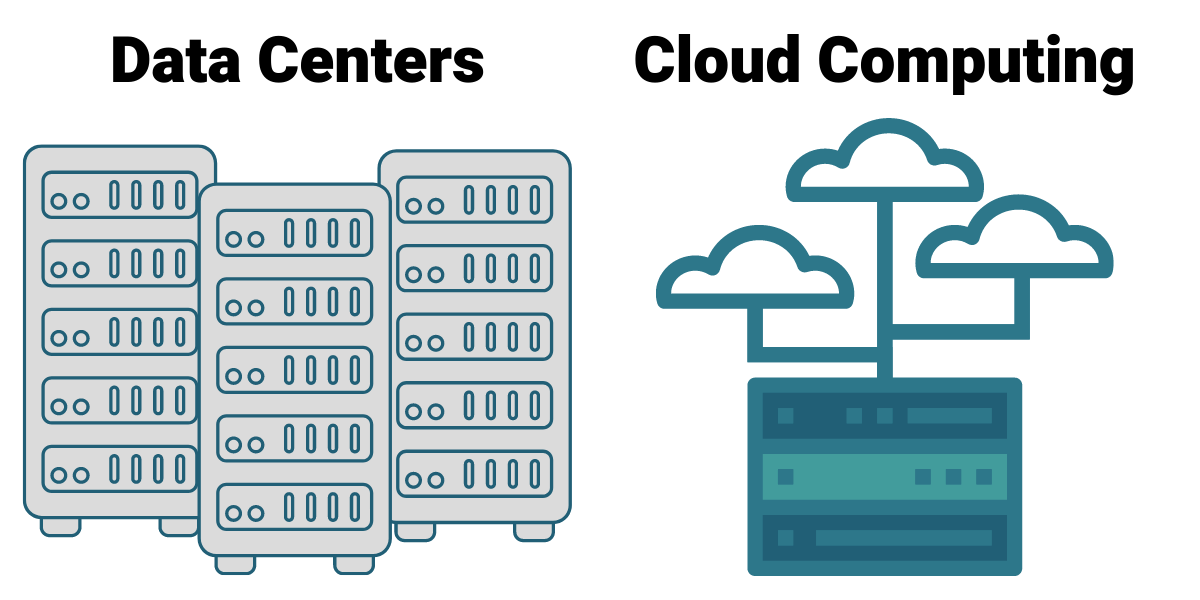Environmental Sustainability in Dispute Resolution
When I was first asked to write a blog post on environmental sustainability in the dispute resolution industry, I didn’t see the relevance.
Of course, any business can make changes to decrease energy consumption via lighting, heating, and cooling, and improve their waste management through simple recycling practices. I believed that most impactful sustainability initiatives focus on industries with product supply chains or manufacturing processes. However, I now see the opportunity for dispute resolution and environmental sustainability to work together in concert. After all, mediation is likely the most “green” option in dispute resolution services. Furthermore, the adoption of technologies in delivering mediation services can make an even greater difference.
Environmental sustainability in dispute resolution: where to start?
I began my research into environmental sustainability practices in dispute resolution by visiting the NSF International / American National Standards Institute publication: General Sustainability Assessment Criteria for Professional Services. These standards took five years to develop and launched in October 2019. They are voluntary standards, offering “a blueprint that the broad professional services sector can leverage to address industry-specific environmental, social, economic and sustainable supply chain issues under the sustainability umbrella.”
At a high level, the standards create a scorecard for measuring, setting, and achieving sustainability objectives in a range of categories, including year-over-year decreases in energy consumption to lower carbon footprint. They include not only recommendations for a company’s own practices, but also criterion for selecting vendors that adhere to sustainability practices.
Compared to litigation and arbitration, mediation seems to be the “green choice”
Mediation rarely involves discovery or the review and exchange of large quantities of information between parties. Even in arbitration cases, discovery is frequently permitted. Discovery can involve the exchange of requests for documents, interrogatories (questions for the opposing party), and depositions.
Whether discovery is done the old way, with paper copies, or by using modern e-discovery technology, the exchange of requests, search and review for responsive materials, and the preparation and delivery of responses occurring in both litigation and arbitration will consume more paper or computer power to complete discovery than mediation will…even if it is all done digitally, with no travel involved.

In addition, the informality of mediation requires less physical infrastructure and supporting resources than its alternatives. Litigation involves court processes. That means judges, clerks, court reporters, bailiffs, and jurors, not to mention the physical infrastructure that houses the judicial system (e.g. courtrooms). Even arbitration typically involves more formalities and infrastructure than the humble mediation process!
Mediation requires only the mediator, parties, and a few conference rooms, virtual or otherwise. The modest infrastructure and staff support in mediation translates directly to:
- decreased energy consumption;
- smaller carbon footprint;
- less waste from consumable goods.
How can technology help mediators become more environmentally sustainable?
Look at the impact of the increasingly widespread use of videoconferencing for mediation. Videoconferencing eliminates the need for parties to physically travel to a central location for the mediation session. This decrease in travel eliminates a major carbon emission, thus making videoconferencing the “green choice.”
Additional technology tools, like ADR Notable, can further improve dispute resolution professionals’ environmental sustainability efforts or reduce mediators’ carbon footprints by making a paperless mediation practice a reality.
ADR Notable is designed to help you manage your practice. Through this tool, you can coordinate the management of multiple cases and even multiple dispute resolution professionals. At the case management level, ADR Notable keeps each case’s documents digitally stored where they can be accessed as needed.
ADR Notable even goes “in the room” to replace the yellow legal pad for note-taking, completing the paperless work environment. Instead, you can take notes directly in the case management software, in a manner no more distracting than writing on a pad.
We recognize that ADR Notable requires the consumption of energy, and that energy has has associated carbon emissions. However, we have taken steps to minimize this impact. These steps start with operating in the cloud instead of a traditional data center.

What is a traditional data center, and how does it differ from the cloud?
In a data center, the center operator leases out space and infrastructure connections to the power grid and internet. The individual company leasing that space typically owns the hardware that exclusively runs its software.
In the cloud, the company, such as ADR Notable, essentially leases computing capacity. The service provider manages all of that computing capacity, while also owning the related hardware and facilities.
How does using cloud-hosted technologies help with reducing carbon emissions?
Traditional data centers or “server farms” use prodigious amounts of electricity. This electricity runs the servers and cools the buildings which hold these server farms. According to a recent study by The Shift Project, the information and communications technology (ICT) sector has increased its footprint to 3.7% of total global carbon emissions. Specifically, 35% of ICT’s carbon emissions come from data centers and network operations (so 1.3% of total global carbon emissions). For reference, the global aviation industry produces roughly 2% of all human-induced carbon emissions.
In contrast, cloud computing has proven efficiencies over traditional data centers. Cloud computing’s large-scale, central management of hardware and facilities is extremely efficient. The big providers like Amazon Web Services, Microsoft Azure, and Google have new, modern centers. These cloud computing centers have the best, most efficient infrastructure and the latest technology.
Instead of many individual companies purchasing hardware to accommodate their rare peak demands, cloud computing centers use centralized hardware to serve multiple clients simultaneously…and more intensively. The big providers service, upgrade, and replace their hardware to more efficient models at a more rapid rate than individual companies replace servers. Thus, the largest cloud service providers are far more efficient in the consumption of electrical power per unit of computer processing power than traditional data centers.
A study by Lawrence Berkeley National Laboratory in the early days of cloud computing concluded:
“If all U.S. business users shifted their email, productivity software, and CRM software to the cloud, the primary energy footprint of these software applications might be reduced by as much as 87% or 326 Petajoules. That’s enough primary energy to generate the electricity used by the City of Los Angeles each year.”
As a reminder, ADR Notable is entirely cloud-based.
ADR Notable uses Microsoft Azure’s cloud services. Microsoft has committed to providing 100% of the electricity needed to power its cloud services from renewable sources by 2025. That will lower the carbon footprint of using cloud computing even further. Read more about this pledge and Microsoft’s sustainability efforts here.
Many of us strive to have the smallest possible carbon footprint. Imagine how low your carbon footprint would be if you had a paperless office, ran entirely in the cloud, supplied by renewable sources of electrical power.
If you are committed to providing dispute resolution professional services in an environmentally sustainable way, partner with ADR Notable today. We also encourage you to join us in taking the World Mediators Alliance on Climate Change’s Green Pledge. You can sign the pledge by clicking here.





